LIGER L
Share
Low ankle safety shoe
- Low ankle leather boot made for all major floor work in industrial construction or workfloors to protect from hazards like falling objects or heavy loads or working with sensitive equipments.
- Construction of the shoe ensures maximum comfort, ease of use, and longevity
- Upper: Barton grain Meena print leather
- Lining: Grey split leather
- Footbed: Removable-polyamide on EVA
- Outsole: Injected-double density PU
Delivery & Services

Easy Return
with our 15 days return poicy
Regular price
Rs. 0
Sale price
Rs. 0
Regular price
Tax included.
Shipping calculated at checkout.
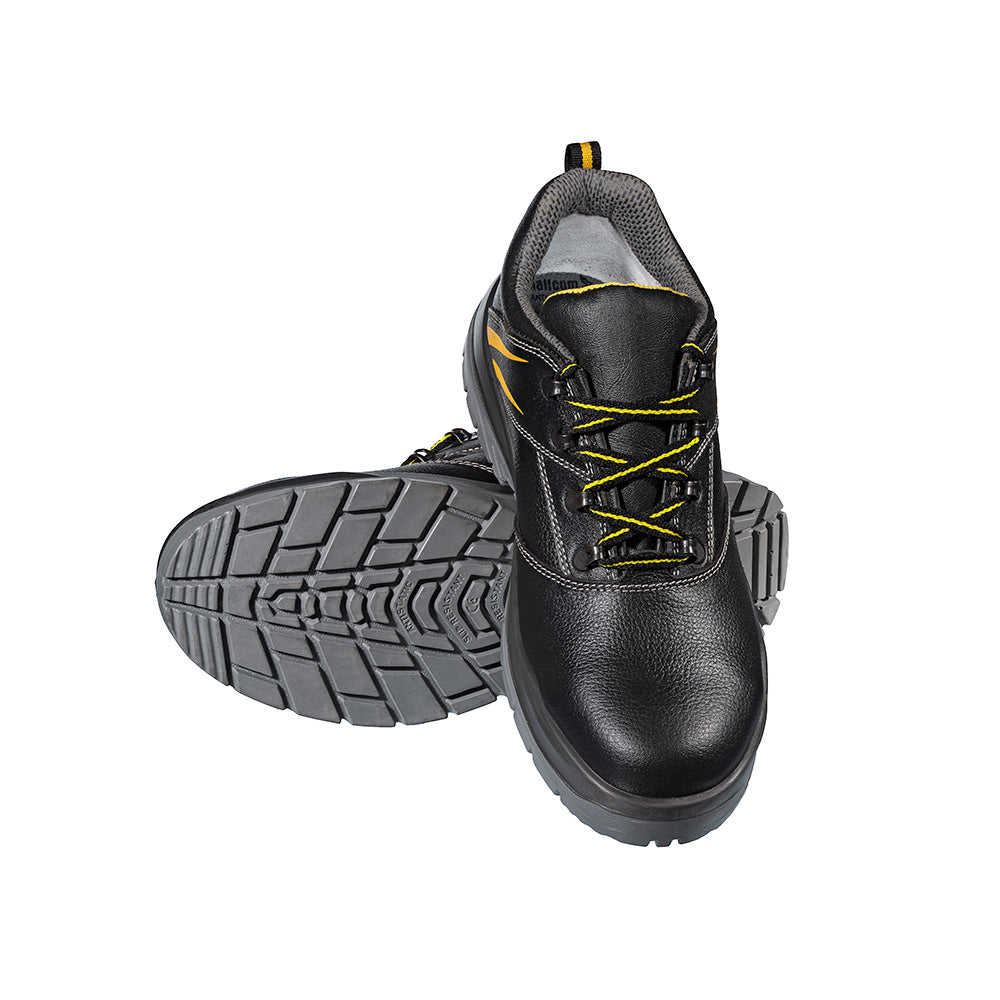
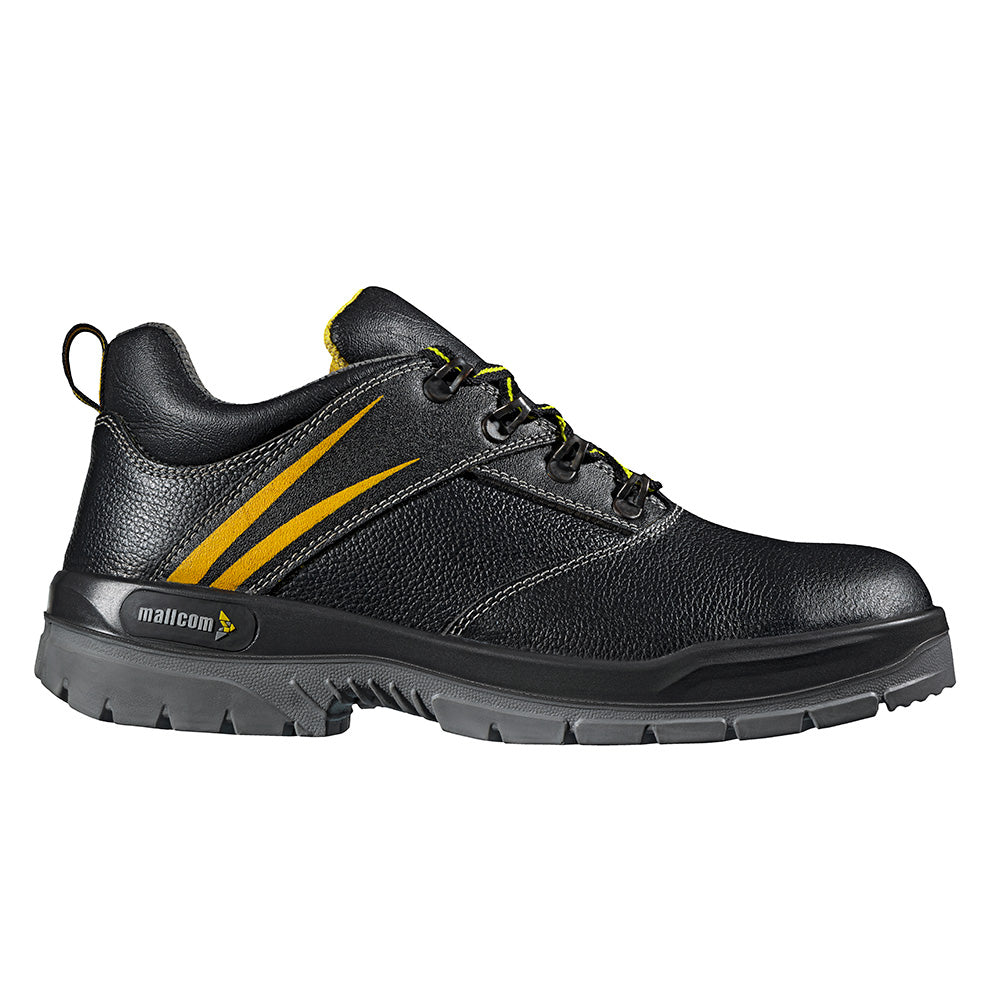
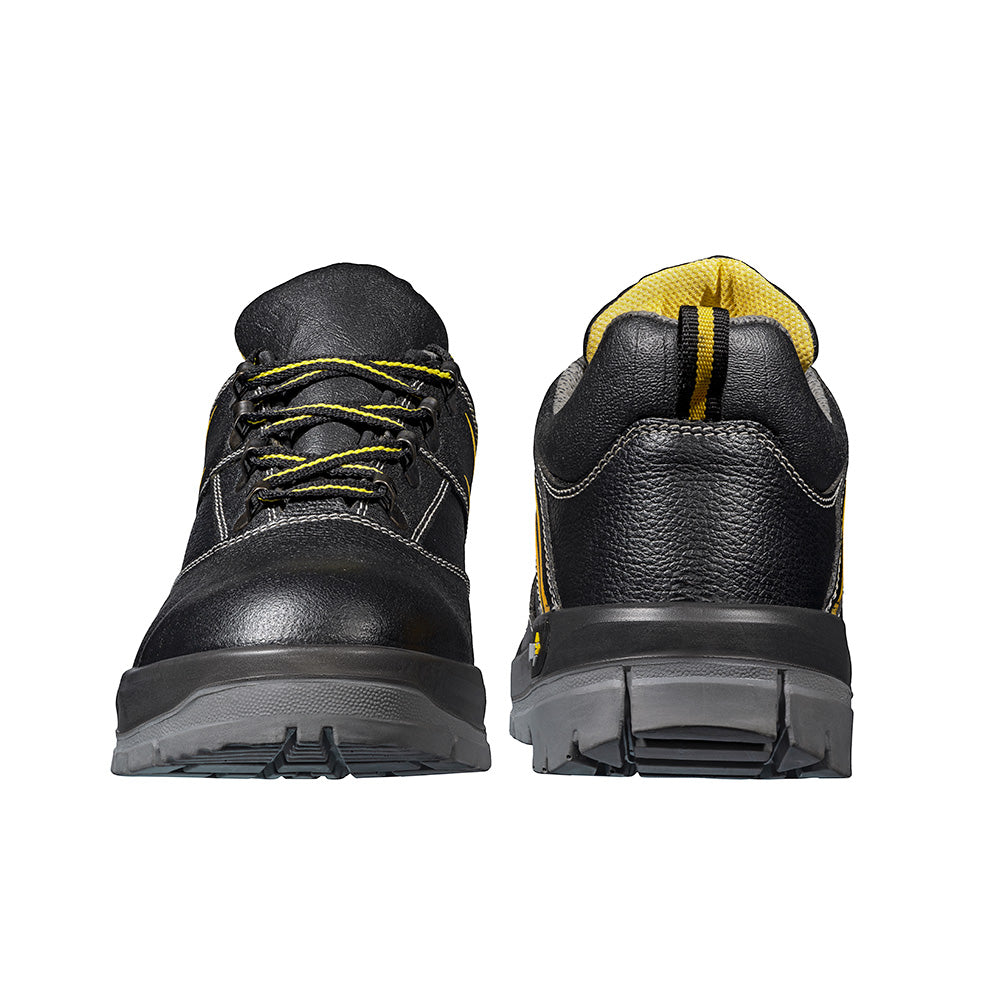
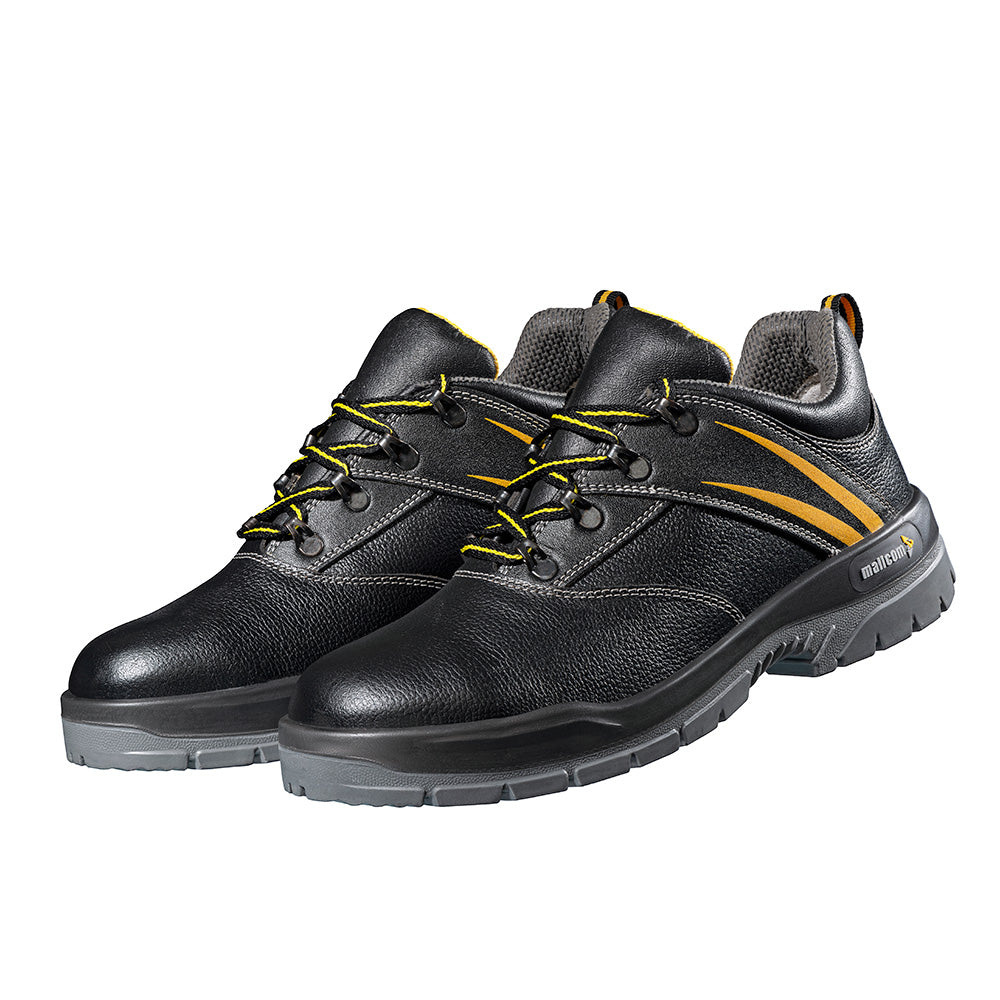
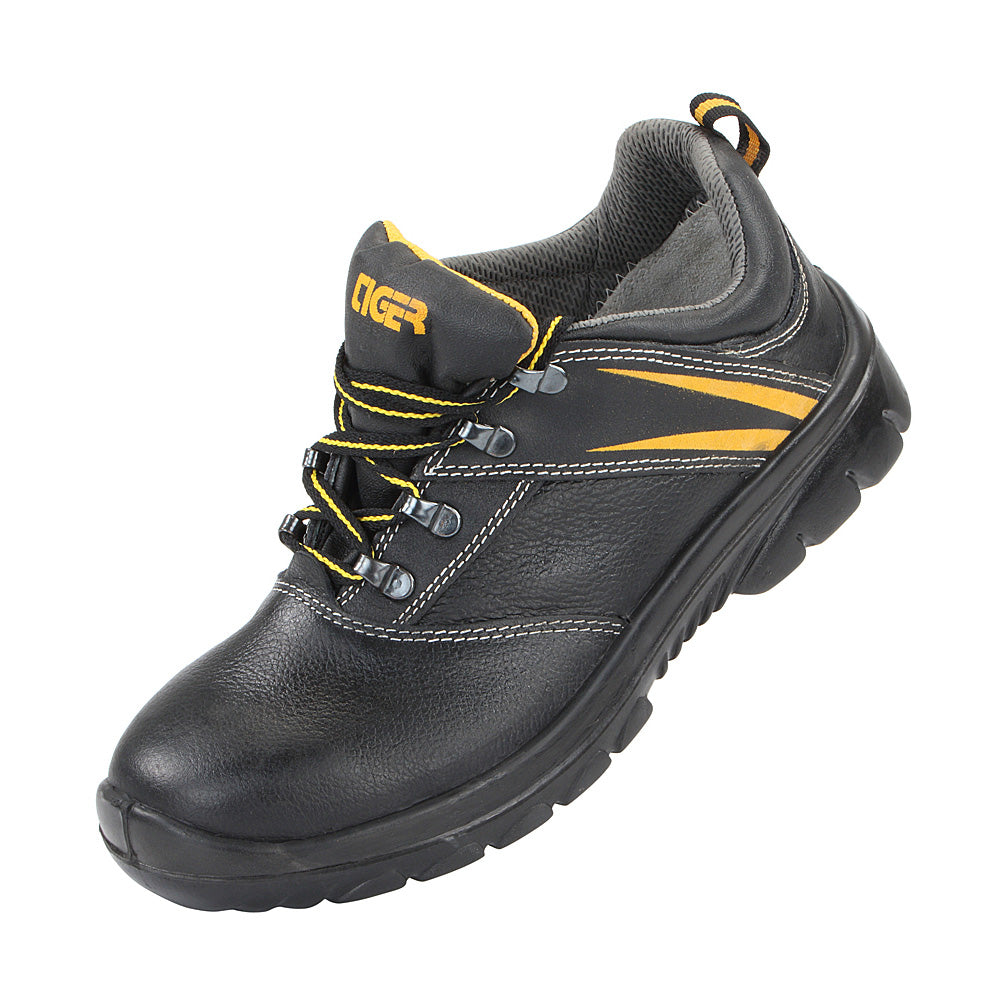
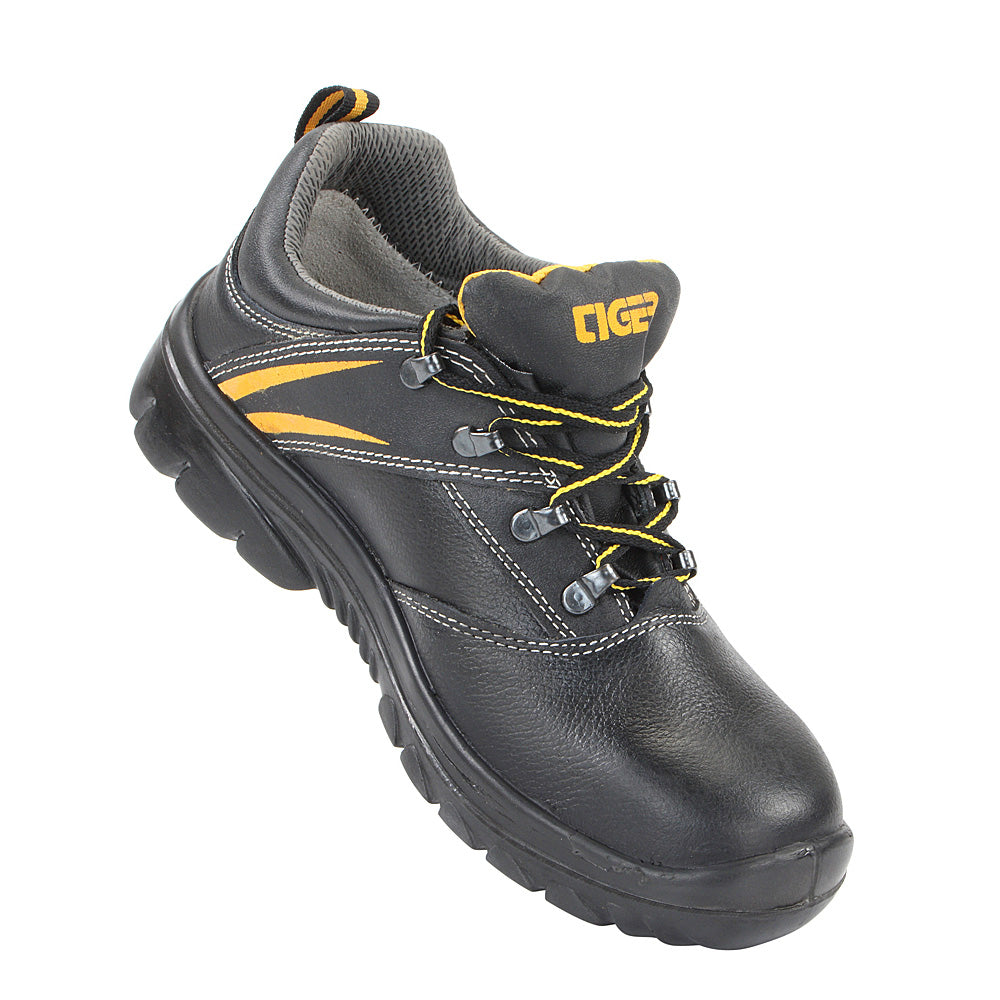
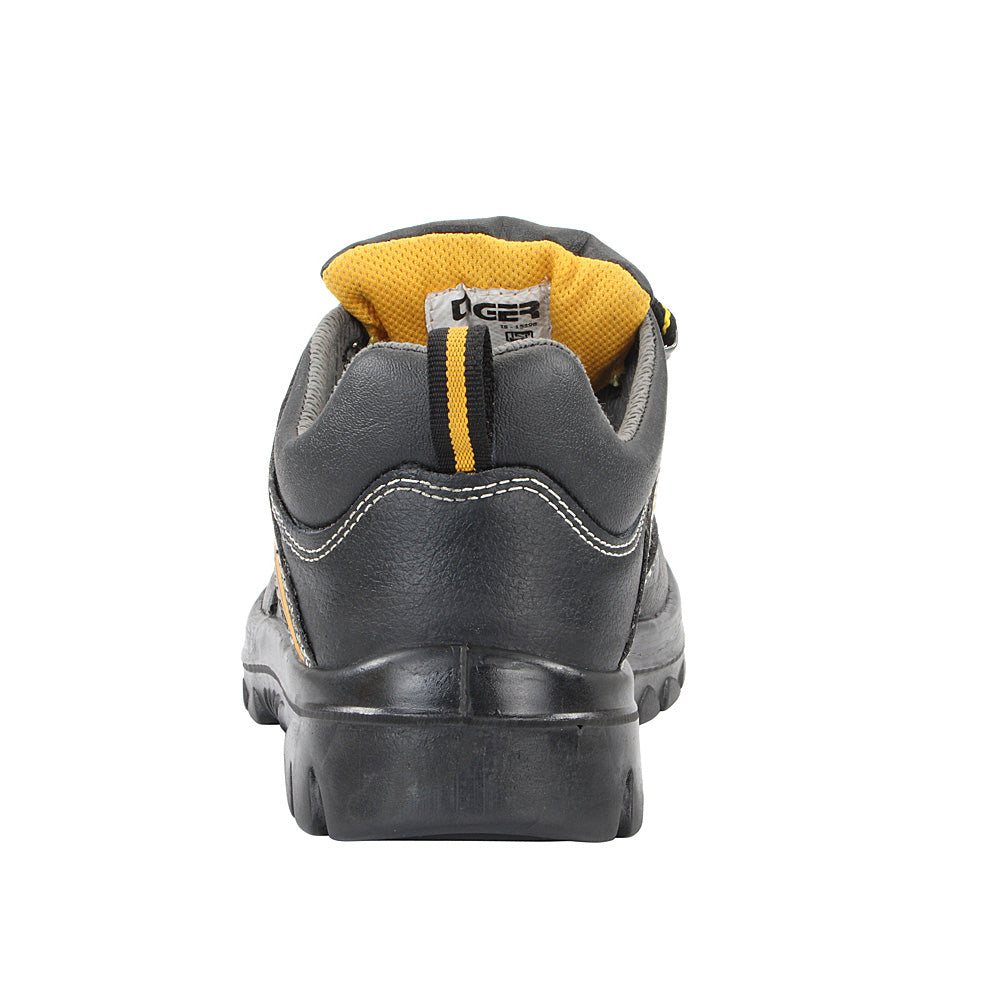
ABOUT THE DESIGN
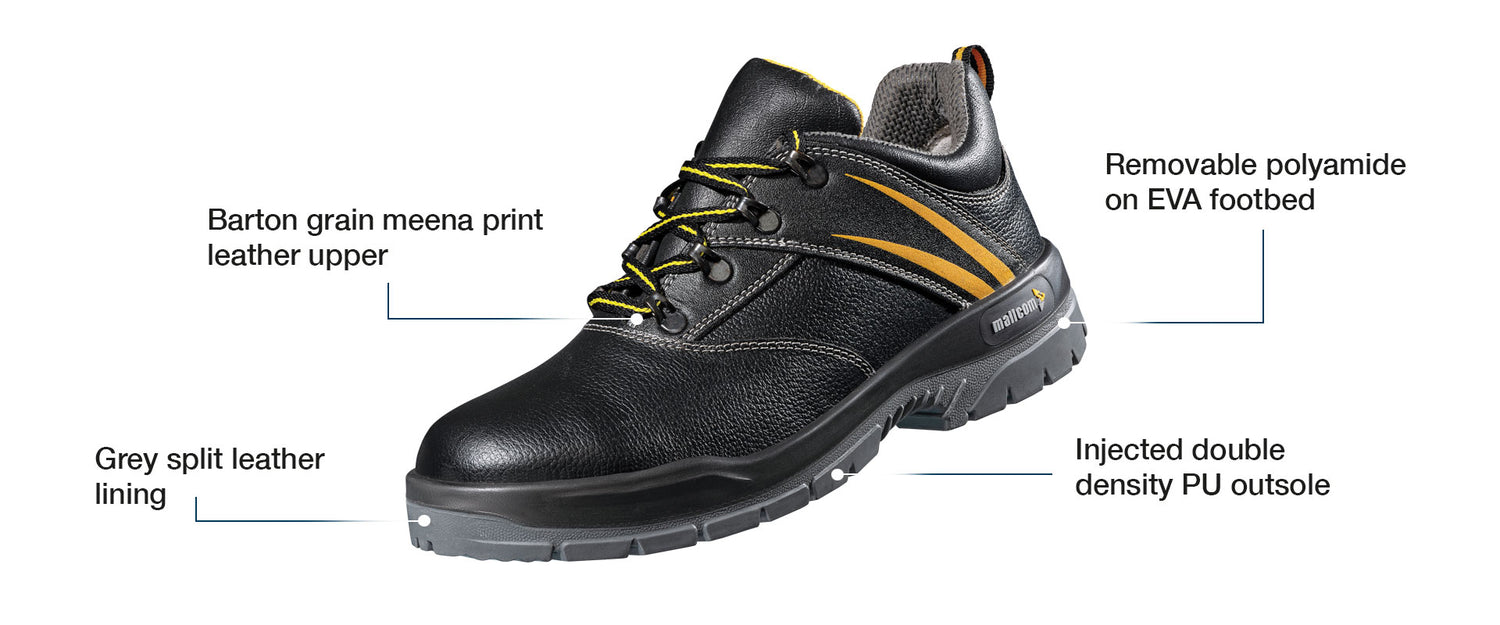
USEFUL IN THESE INDUSTRIES
Construction
Pharmaceutical
Agriculture
Repairs & Maintenance
Defence & Security

Product Features
ABOUT THE DESIGN
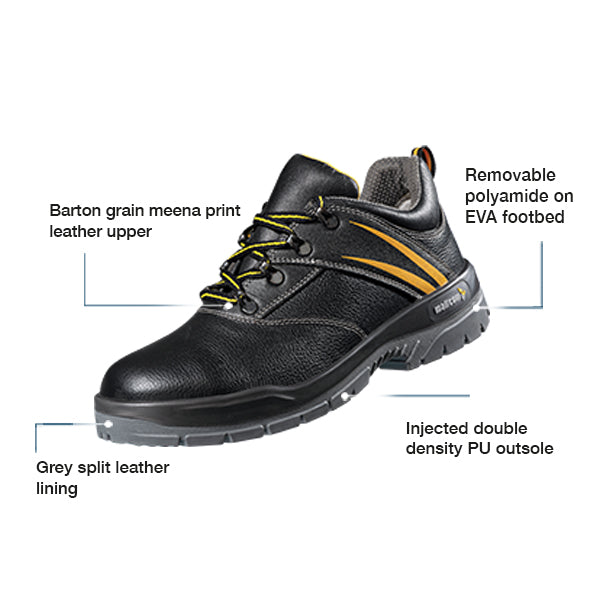
USEFUL IN THESE INDUSTRIES
Construction
Pharmaceutical
Agriculture
Repairs & Maintenance
Defence & Security
Product Details





































